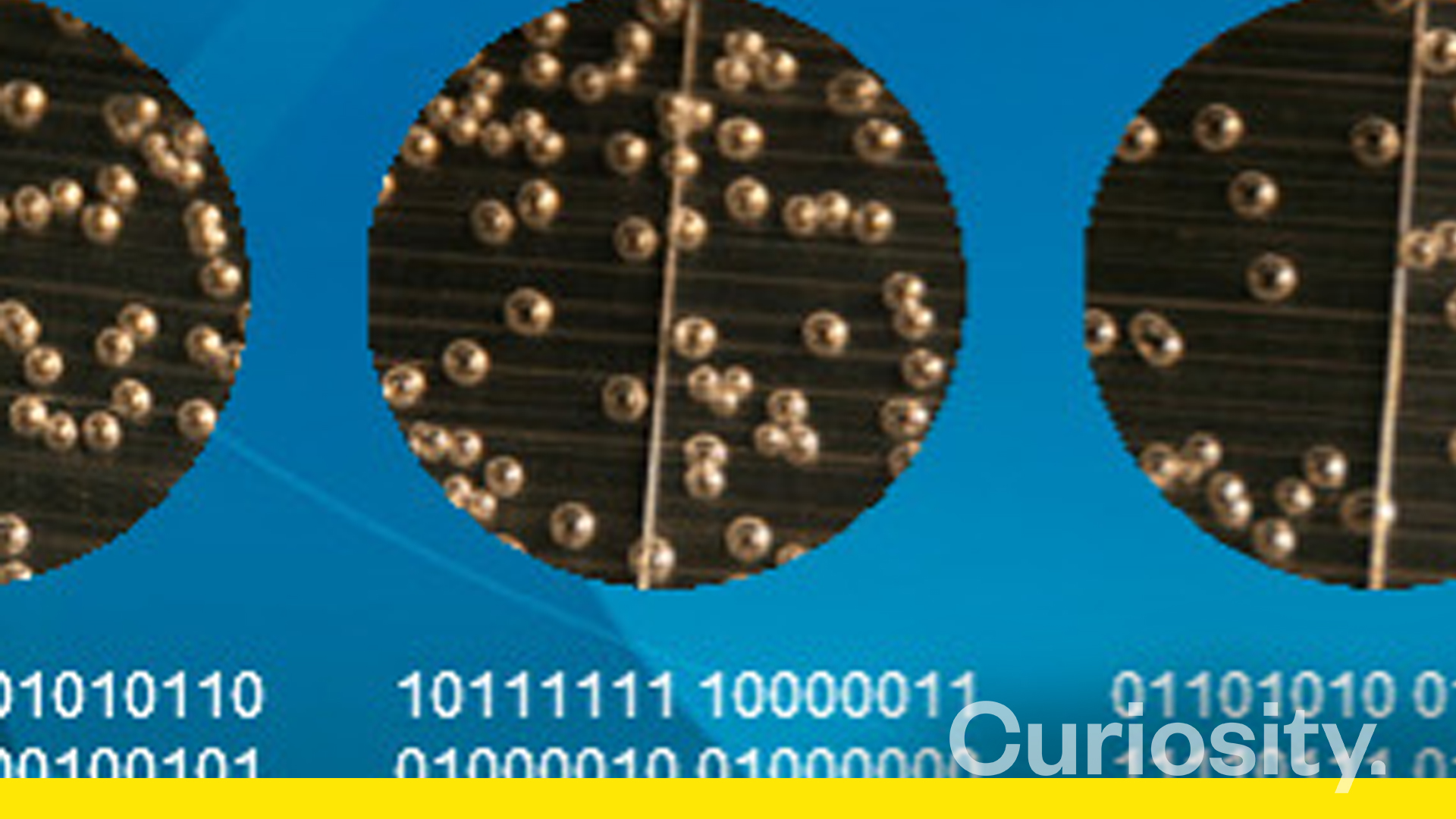
19 Nov Localizing art authentication technologies
Client / Company: Art Provenance
Industry: Information Technology
Research Method: Ethnographic Research
Objective and Methodologies
An avid Philippine Art Collector and entrepreneur wanted to address the problems encountered with regards to art authentication in the country. Collectors are currently forced to rely on certificates and experts, some with varying degrees of accuracy. Curiosity was thus tasked to identify existing technologies used internationally that would be most acceptable for local market collectors as well as the business structure by which this Art Bank service can be implemented. Research commenced with in-depth interviews with data security practitioners, art collectors and galleries. This was then augmented with desk research on alternative security technologies.

Alternatives to Proof Tag
Initial studies delved into alternatives to Proof Tags in use today. Given the original specification of the service, Neenah paper or holographic tags were identified as appropriate tag-based tracking technology. An alternative or supplement to tag-based tracking, however, is material-based authentication such as 3D scanning.

The Art Bank service model
Curiosity identified an Israeli company with a similar working implementation which might be willing to license the technology to Art Bank directly. A caveat to this is that any technology based tracking solution must be continuously supported, no matter if the technology becomes obsolete, so as to protect older tagged art. Moreover, it is worth noting that collectors rely on multiple methods of authentication in order to safeguard valuable artwork against fraud.

